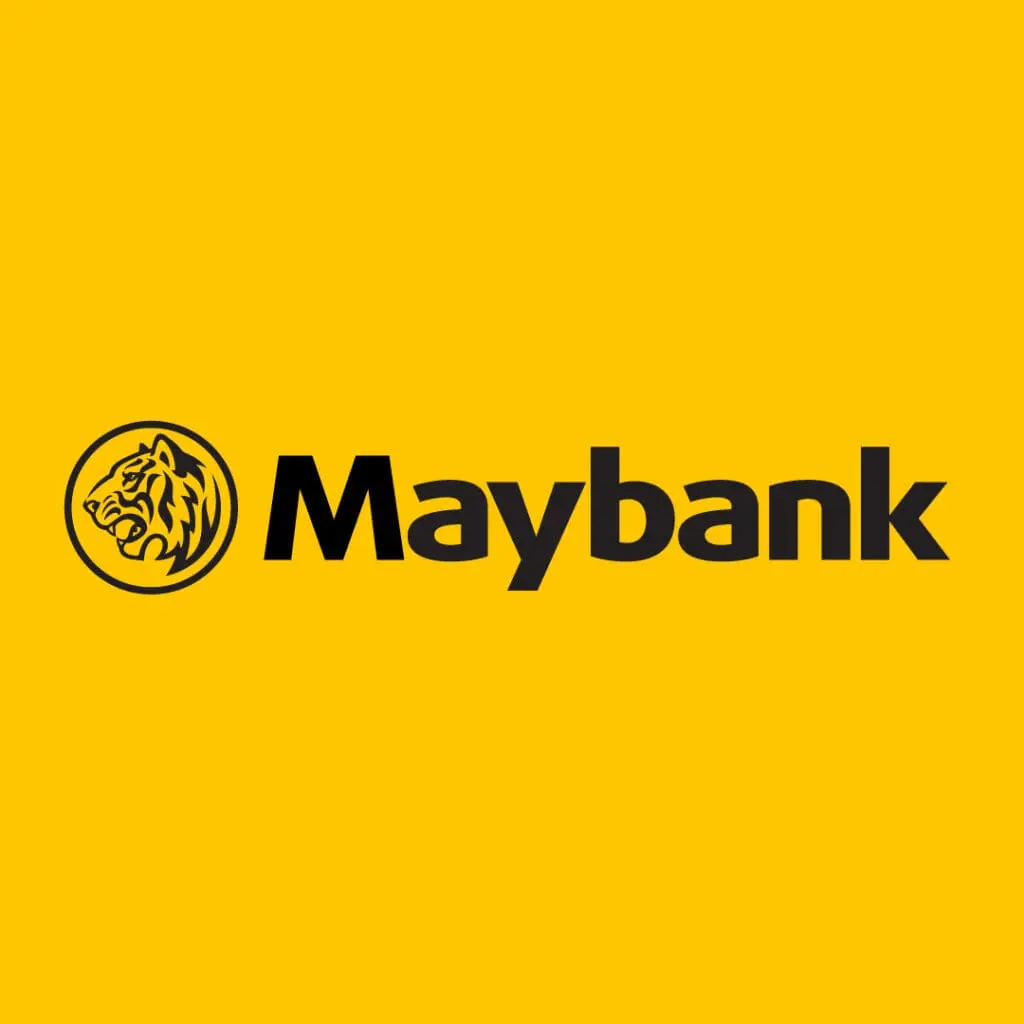Malaysia Stock Account Opening Explained: A Technical Breakdown for First-Time Investors
October 9, 2024

Let’s Start with the Basics: Why You Shouldn’t Fear Stock Account Setup
You’ve probably heard that investing is a smart move — but the setup? That part trips people up. The truth is, Malaysia stock account opening sounds more complicated than it really is.
Don’t worry. You don’t need a finance degree, just a bit of guidance. Let’s walk through it step-by-step — minus the jargon and stress.
Step 1: Know What You’re Opening

First things first — you’ll need two types of accounts. One stores your stocks. The other lets you trade them. Here’s how they break down:
- CDS Account (Central Depository System): Think of this as your stock vault. It holds your shares in electronic form.
- Trading Account: This is your action station. It’s where you buy and sell through a broker.
You’ll usually set these up together — no need to open them separately.
Step 2: What You Need to Open a Malaysia Stock Account


Here’s the short list. It’s not as long as you’d think:
- NRIC (for Malaysians) or Passport + Visa (if you’re a foreigner)
- Proof of address — something like a utility bill or bank letter
- Bank account details — because, well, money
- Sometimes, income documents (only if you’re applying for margin trading)
You can do all this online now with most brokers. Yep — no office visits, no long queues. Brokers like Rakuten Trade and CIMB make it pretty smooth.
Step 3: Picking the Right Broker (And Why It Matters)

Not all brokers are created equal. Some have slick apps; others are a bit… retro. Here’s what to keep in mind:
| What to Look For | Why It Matters |
|---|---|
| Low fees | So you keep more of your profits |
| User-friendly platform | You don’t want to feel lost every time you log in |
| Research tools | Great if you’re still learning the ropes |
| Customer service | Trust me, this matters when things get weird |
Popular names include Maybank, Kenanga, CIMB iTrade, and Rakuten Trade. Don’t stress about getting it “perfect” — just pick one that feels right for you.
Step 4: The Malaysia Stock Account Opening Timeline

Alright, how long does this take? Here’s a rough timeline:
- Day 1: Submit your docs
- Day 2–3: Identity check (sometimes with a quick video call)
- Day 3–5: Account activated
- Day 5+: You can start funding and trading
Some brokers are speed demons — Rakuten Trade, for example, can get you up and running in under 48 hours. Others might take a bit longer, especially if there’s a holiday.
Step 5: Let’s Talk Money — What Will This Cost You?

Good news — starting isn’t expensive. But yes, there are a few unavoidable charges:
| Fee Type | Range |
|---|---|
| CDS setup | RM10–RM20 (one-time) |
| Brokerage fee | RM7–RM30 per trade, or a small percentage |
| Stamp duty | 0.1% of the transaction (capped at RM200) |
| Clearing fee | 0.03%, max RM1,000 |
These are standard across the board, but still — double-check with your broker so there are no “surprise” costs later.
Step 6: After Malaysia Stock Account Opening — What Now?

You’ve got your account. Congrats! Now what?
- Deposit funds using online transfer (usually instant)
- Browse stocks — maybe start with companies you know
- Place your first trade (you got this!)
- Track your portfolio on the app or web portal
It might feel overwhelming at first — but don’t let the numbers scare you. Everyone fumbles their first trade (mine was a panic sell… don’t ask).
Step 7: Smart Habits to Build as a New Investor

Now that you’re in, keep things simple and steady. A few habits can go a long way:
- Start small — dip your toes in, don’t dive headfirst
- Ignore market noise — especially Twitter “experts”
- Review your trades monthly — see what’s working
- Keep learning — books, blogs, even YouTube can help
The goal here? Don’t chase quick wins. Build confidence, slowly and steadily.
Final Take: Malaysia Stock Account Opening is Your First Real Step Toward Financial Growth

At the end of the day, Malaysia stock account opening isn’t just about getting access to a trading app — it’s your gateway to a whole new way of thinking about money.
Is it a bit technical at first? Sure. But now you know the process, the parts, and the path. So don’t let analysis paralysis stop you. The best time to start was yesterday — the second-best time? Right now.
Relevent news: Here

